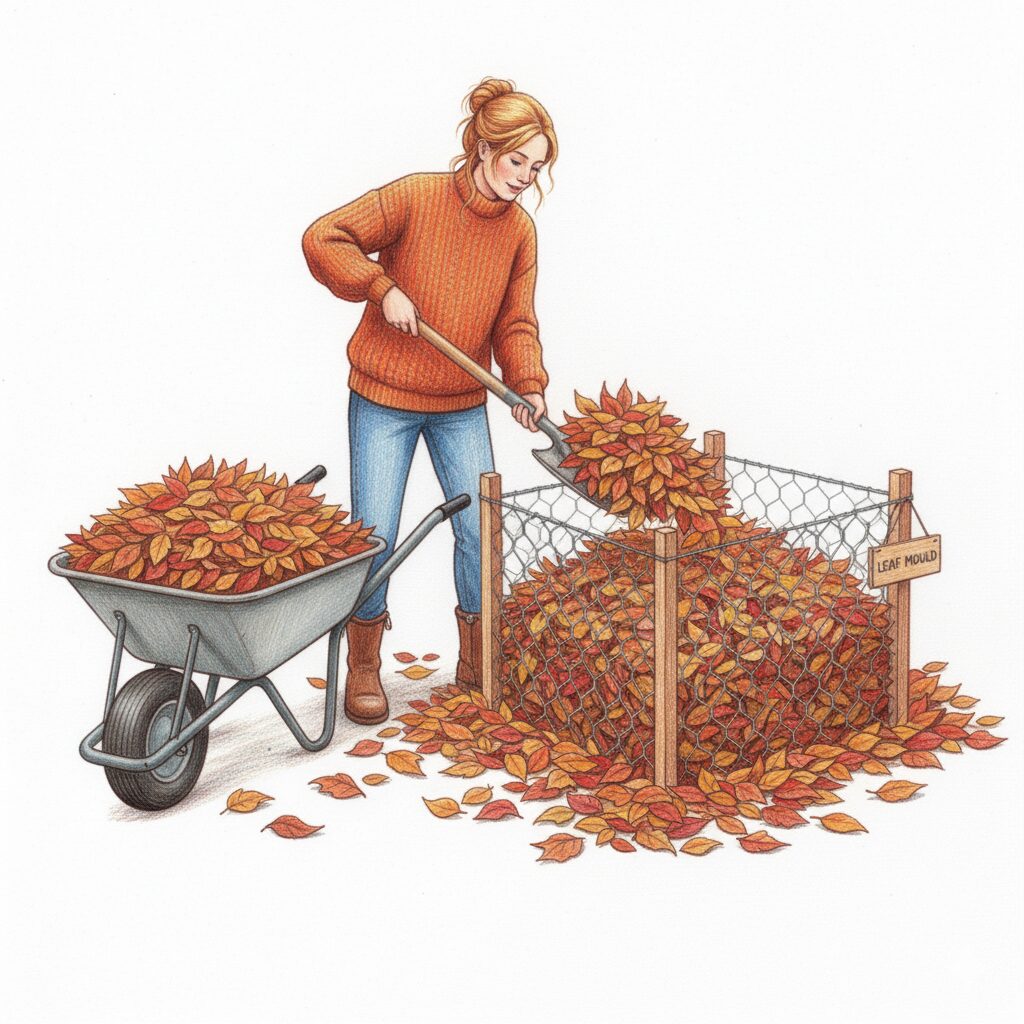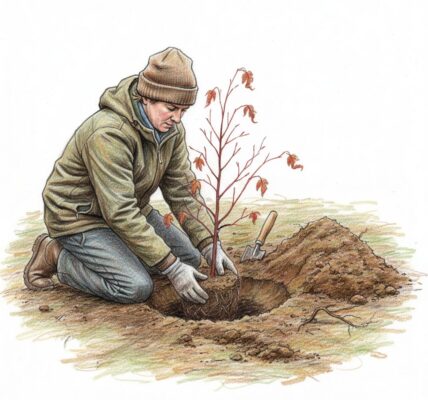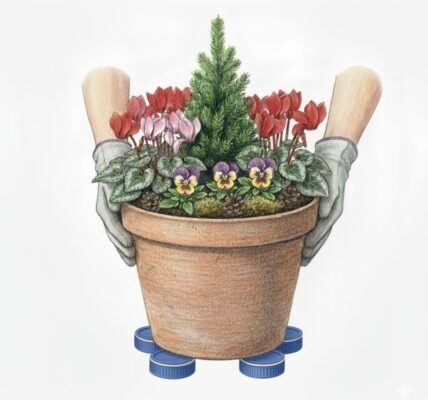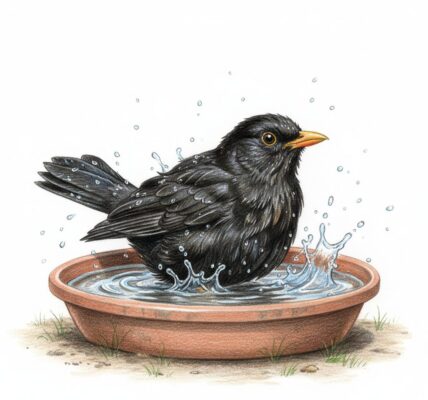
Autumn gives gardeners a valuable resource: fallen leaves. Instead of raking them onto the compost pile or bagging them for disposal, try to collect as many as you can. These leaves are perfect for making leaf mould, which is one of the best soil conditioners and compost ingredients you can make at home. Gather them now, while they are dry and plentiful, to start this simple and rewarding process.
To help the leaves break down faster, chop them into small pieces. The easiest way is to mow over them on your lawn so the mower blades shred them. This makes it easier for helpful fungi to do their work.
Once you have shredded the leaves, store them in a container that lets air flow through. You can easily make one using chicken wire and four posts. Leaf mould is different from regular compost because it does not need heat, extra air, or turning. It only needs moisture and time. Stack the chopped leaves as high as you can, and add water if they look dry. Over the next year, fungi will slowly turn them into rich, crumbly leaf mould.
The finished leaf mould is extremely useful. Mature leaf mould improves soil by adding structure and helping it hold moisture. If you sieve it, it becomes a great ingredient for homemade potting compost. It is perfect for sowing seeds or potting delicate plants, and it is a sustainable, peat-free material you can make for free each autumn.




